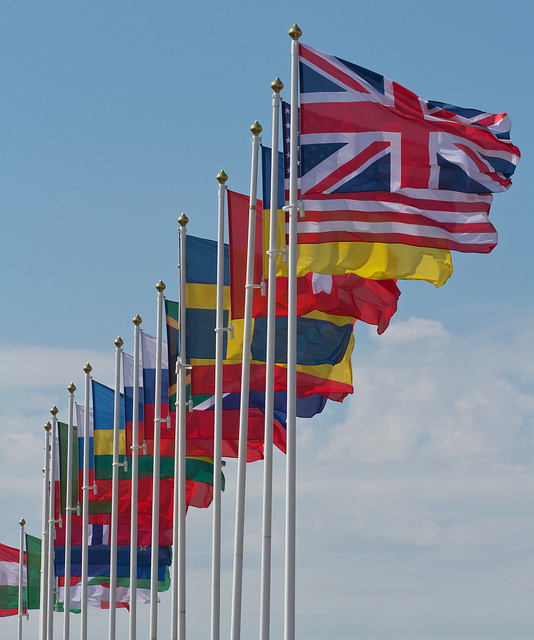World Wide Technology (WWT) has long been recognized as a leader in technology solutions, but its reputation extends beyond innovation—it has also emerged as a trailblazer in global diversity, equity, and inclusion (DEI). From its St. Louis headquarters to its global facilities, WWT has embedded DEI into its organizational DNA. Rather than adopting DEI as a reactive measure, the company proactively incorporates inclusive practices across operations, making equity a foundational part of its success strategy (WWT, 2025a).
WWT supports underrepresented communities through robust internal systems like Employee Resource Groups (ERGs), which serve as platforms for advocacy, engagement, and leadership development. These include groups for women, veterans, LGBTQIA+ employees, and people with disabilities. In addition, the company’s leadership hosts regular “listening tours” to gather feedback from employees around the world, fostering trust and responsiveness. By grounding policy in the real-world experiences of its staff, WWT ensures that inclusion isn’t just aspirational—it’s actionable (WWT, 2025b).
Parental leave and family support programs demonstrate WWT’s global adaptability. In the U.S., WWT offers up to 12 weeks of paid parental leave for birth parents and up to 6 weeks for non-birth parents. Globally, the company aligns with or exceeds local standards while maintaining the same spirit of equity. Resources such as maternity management, flexible scheduling, and post-leave reentry assistance show WWT’s commitment to supporting employees through major life transitions, regardless of geography (WWT, 2025c).
The advantages of such a globally diverse and inclusive workforce are far-reaching. Culturally adaptive employees tend to develop greater empathy, communication skills, and cultural intelligence. Teams with international perspectives collaborate more creatively and approach challenges with a wider lens. This cultural fluency helps WWT serve its global clients effectively while positioning employees for cross-cultural leadership opportunities (Thomas, 2022).
Still, WWT is not immune to the complexities that come with global DEI efforts. The company actively addresses potential miscommunications, unconscious bias, and varied regional norms through inclusive leadership training and open forums. This balance—celebrating differences while forging a shared identity—has become a core element of WWT’s global strategy. Ultimately, by committing to intentional, inclusive growth, WWT doesn’t just connect the world with technology—it empowers it through diversity.
References
References
Thomas, D. A. (2022). Cultural intelligence: Surviving and thriving in the global workplace. Harvard Business Review Press.
World Wide Technology. (2025a). Diversity and inclusion at WWT. https://www.wwt.com/company/diversity-inclusion/
World Wide Technology. (2025b). Culture and employee experience. https://www.wwt.com/company/culture/
World Wide Technology. (2025c). Global benefits overview. https://www.wwt.com/company/careers/benefits/
Discussion Questions
- How does WWT use internal communication strategies—such as listening tours, employee resource groups, or global policy alignment—to build trust and cohesion across a culturally diverse workforce?
- If you or your spouse is currently employed, how difficult would it be to take time off for having a child?
- How can a company ensure that no employee is neglected, regardless of demographic group?
- What types of competitive advantages could WWI have gained from having such a diverse workforce? What are the disadvantages?


